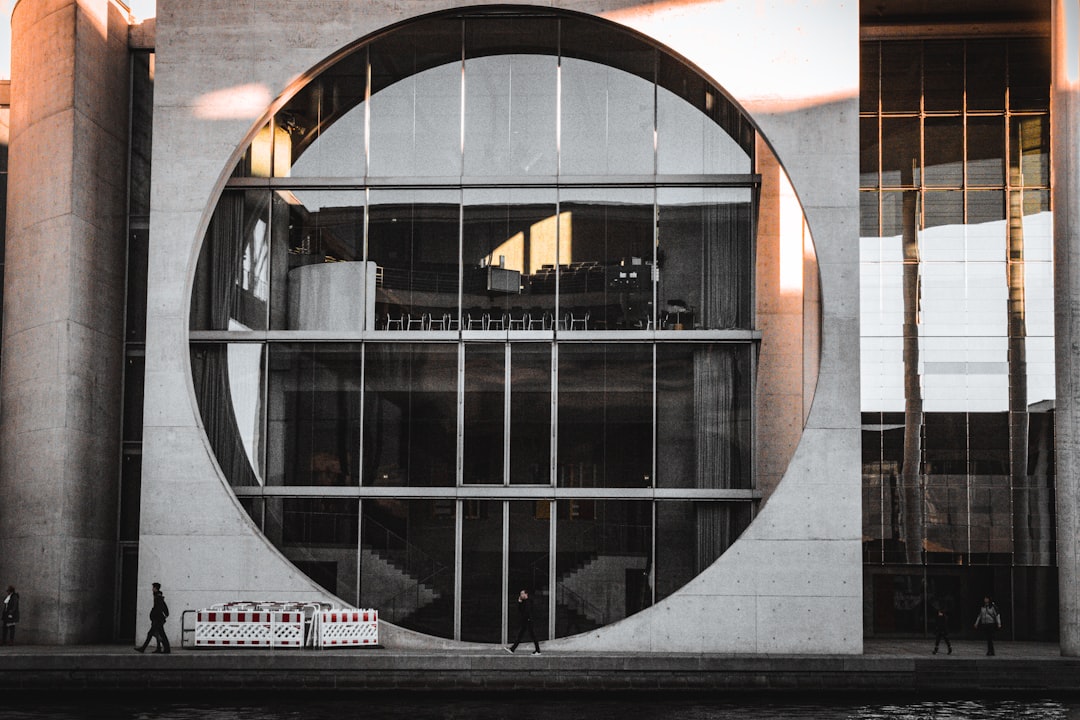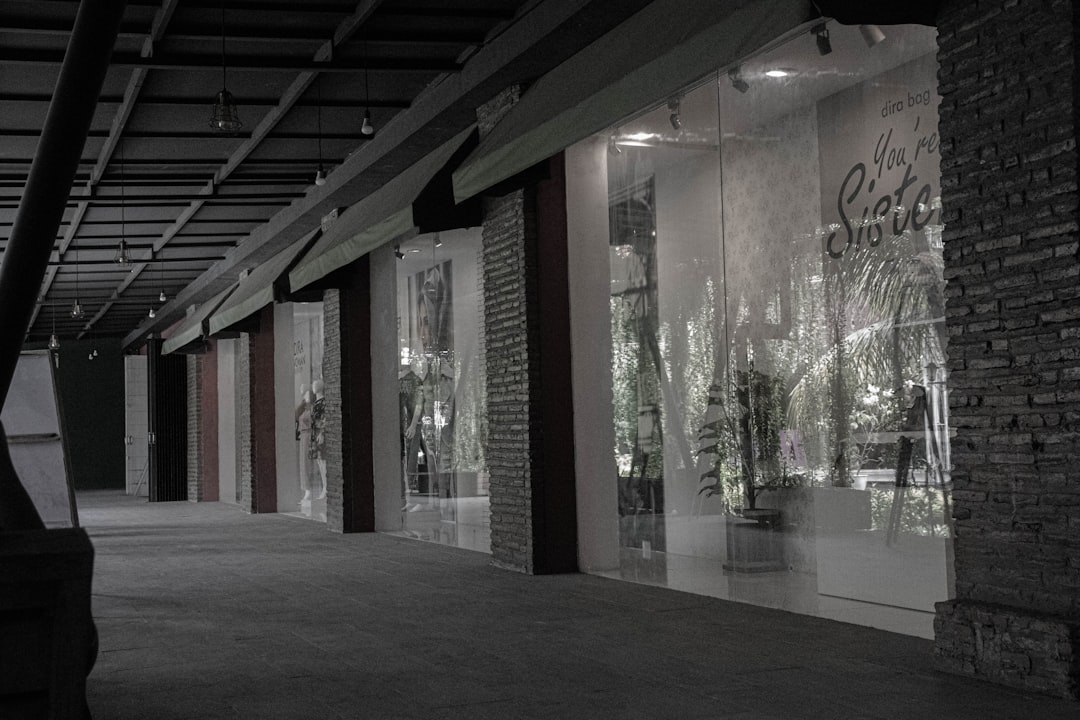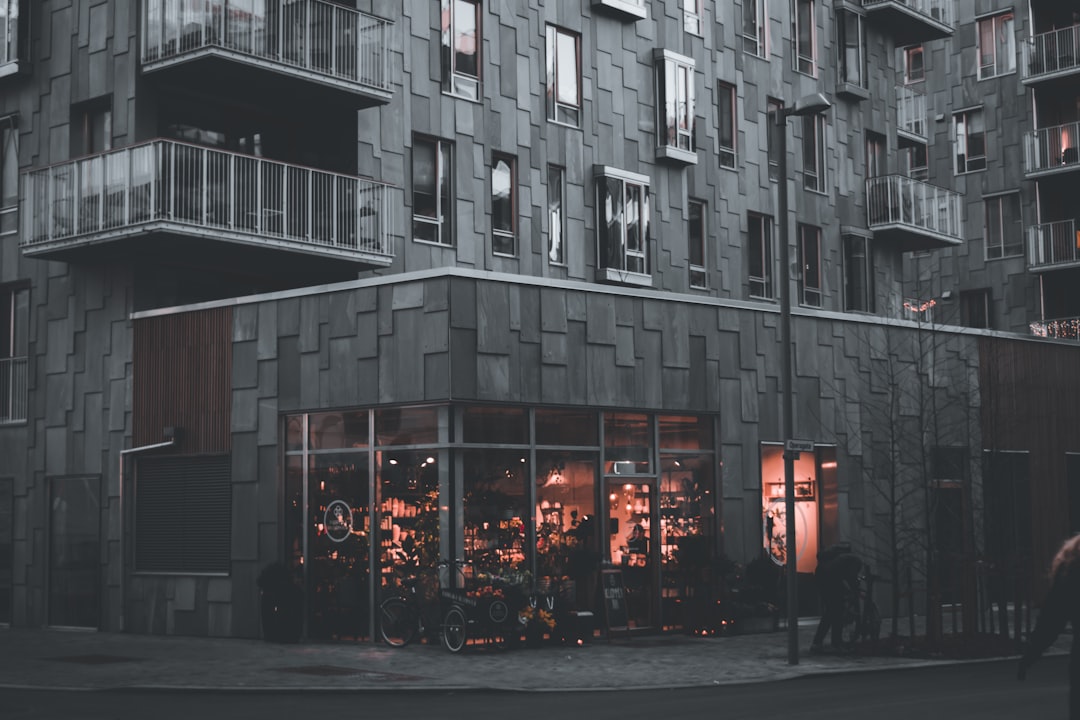

Engage prospects with a scan and streamline customer engagement with FREE QR code marketing tools by Sona – no strings attached!
Create a Free QR CodeFree consultation

No commitment

Engage prospects with a scan and streamline customer engagement with FREE QR code marketing tools by Sona – no strings attached!
Create a Free QR CodeFree consultation

No commitment
Storefront design and installation is entering a new era as customer expectations shift rapidly toward immersive, interactive, and digitally enabled retail experiences. Professionals in this sector face persistent challenges: capturing attention in busy urban streetscapes, converting foot traffic into measurable leads, and iterating on strategies without clear insights into what is effective.
Traditional storefront tactics, regardless of visual appeal, often struggle to turn fleeting interest into trackable, high-value engagement. Opportunities are lost when potential clients admire a design but leave no trace, providing teams with no way to follow up or gauge demand.
QR code integration is emerging as a practical solution, bridging the gap between physical presence and digital engagement. When implemented thoughtfully, QR codes encourage passersby to explore portfolios, schedule consultations, or provide feedback with a single scan. By capturing previously anonymous interest and delivering actionable insights, QR codes empower storefront professionals to optimize their spaces and drive sustained, data-driven growth. This guide explores how the storefront design and installation sector can leverage QR codes as strategic touchpoints that convert attention into lasting value.

Storefronts often struggle with turning visual interest into actionable leads, especially when foot traffic does not translate into form completions or inquiries. QR codes make it easy for visitors to interact on their terms, eliminating extra steps that often deter engagement. When there is a clear and compelling call to action, a well-placed code becomes a low-friction gateway from sidewalk curiosity to measurable digital behavior.
To succeed, align your QR strategy with the specific moments that matter in your environment: a passerby discovering your work, a shopper comparing materials, or a property manager seeking a consultation. Replace analog processes with scan-to-action experiences that reduce friction, shorten time to value, and generate data you can use for continuous optimization. Define what success looks like before you begin, so you can measure and improve with intention.
Outdated workflows often create unnecessary friction. Printed brochures go stale quickly, paper sign-up sheets are rarely transcribed accurately, and appointment cards get lost in a wallet. Replace these with digital experiences that work in real time: scan to view the latest lookbook, scan to book a consultation, scan to request an instant estimate. QR codes turn high-intent moments into trackable outcomes without forcing customers to take extra steps.

One of the biggest frustrations in storefront design is the limited visibility into who interacts with your displays. Customers may pause and show interest, but their intent usually remains invisible, resulting in missed high-value opportunities. By connecting physical surfaces to digital journeys, QR codes give that interest a measurable endpoint such as a form submission, a booking, or a saved vCard.
QR codes are particularly useful on materials that have historically been untrackable. Window decals, sidewalk signs, appointment cards, flyers, and in-store placards often generate awareness but little data. A scannable journey turns those assets into performance channels that can be optimized, illustrated by retail QR uses. With dynamic QR codes, you can even update destinations after printing and track performance by placement, campaign, or creative.
QR codes usher in an era where every physical interaction can drive measurable, high-value digital results. When paired with strong creative and compelling offers, they transform storefronts into performance engines.

Storefront teams engage customers across short attention windows and varied contexts. Choosing the right QR format ensures that every scan leads to the action most likely to drive value for both the business and the prospect. For this vertical, formats that support portfolio exploration, contact capture, and consultation booking tend to deliver the strongest results.
While you can generate many code types, focus on formats that match your core goals: awareness, consideration, and conversion. Static codes are appropriate for evergreen assets like a brand homepage. Dynamic codes are better for campaigns that require updates, testing, and detailed analytics. A QR strategy that mixes both can balance simplicity and flexibility while making optimization easier.
With Sona QR, you can generate and manage these formats in one place, switch destinations on the fly, and monitor performance without reprinting. For storefront design and installation, dynamic web links, lead capture forms, and vCards are usually the most impactful.

Growth often stalls because prospect signals are hidden within untracked interactions. People admire your work yet leave without a next step. Bridging these moments with QR codes allows you to transform casual interest into measurable journeys. The key is to place codes where natural curiosity already exists and to match the destination to that moment. See in-store QR tactics.
Think about your storefront as a series of micro-interactions: a paused glance at a window vignette, a hand brushing a sample, a question about durability, or a budget conversation at checkout. In each of these moments, a QR-enabled path can capture intent and invite action that moves the buyer forward.
Modern strategies transform high-traffic, previously anonymous visits into actionable sales opportunities. Over time, you will identify the placements and messages that consistently convert curiosity into consultations and repeat business.

Each stage of the storefront journey brings unique challenges. QR codes can meet customers where they are and invite the next best action. Focus on use cases that remove friction, capture intent, and move people from inspiration to decision.
These use cases map to common interactions in showrooms and storefronts. Start with one or two that align with your current goals, then expand as you gather performance data.
Each QR code scan is an intent signal. It captures context such as location, time, and content preference that you can use to design smarter follow-up. By deploying multiple QR codes across your storefront and marketing channels, you can segment your audience automatically and retarget based on real behavior rather than guesswork.
Effective segmentation begins with tagging scans by journey stage and interest type. For storefront design and installation, distinctions often include residential versus commercial, remodel versus new construction, and material interest categories such as glass, metal, wood, or digital signage. When these tags are tied to a CRM record or ad platform, you can deliver messages that match the buyer’s needs and timing.
By turning anonymous foot traffic into identifiable segments, you can improve conversion rates across email, SMS, and paid media. Over time, this approach reveals which audiences are most profitable and where to invest next.
Disconnected campaigns waste budget and dilute messaging. QR codes, when embedded thoughtfully, provide the connective tissue that unifies cross-channel outreach. They standardize calls to action across print, physical environments, and digital media while capturing consistent performance data. For integration tips, see QR marketing methods.
In storefront design and installation, customers move fluidly between offline inspiration and online research. Use QR codes to make that movement seamless. A flyer handed out at a streetscape activation should lead to the same core experience as a scan from a window decal. With a centralized platform like Sona QR, you can manage all your codes, align them to buyer journeys, and monitor performance from a single dashboard.
QR codes serve as the offline onramp to your digital marketing engine. They also unlock a new layer of data collection across channels that were once difficult to measure, enabling a clearer view of the buyer journey from first glance to closed deal.
Well-executed campaigns begin with clear goals and end with measurable outcomes. Use this checklist to plan and launch your storefront QR initiatives with confidence. Start with a small pilot, validate what works, then scale up with dynamic codes and integrated analytics.
Treat each step as a lever for improvement. The right use case, code type, and placement can dramatically increase conversion rates. Continuous testing ensures that your creative and messaging stay aligned with customer behavior.
Pick a specific pain point you can address immediately and define a single business goal for the campaign. Avoid broad ambitions at the start; focus on a clear outcome such as consultation bookings or quote requests tied to a seasonal display.
Choose between static and dynamic QR codes based on how much flexibility and insight you need. Most storefront campaigns benefit from dynamic codes because they allow for real-time updates and robust analytics without reprinting.
Start creating QR codes for free.
Your QR code should be scannable at a glance and visually integrated into your display. Design for contrast and readability, not just aesthetics. Always pair the code with a clear, benefit-driven CTA.
Roll out your codes where engagement naturally occurs. Capture both the quiet interest of passersby and the active interest of in-store shoppers by matching placements to behavior.
Measurement turns QR campaigns into performance assets. Use analytics to understand which creative, placements, and offers work best, then refine in near real time.
Storefront design often faces attribution challenges, since success can hinge on small, offline moments that traditional analytics miss. If you cannot see which physical touchpoints drive digital actions and sales outcomes, you are left guessing. QR analytics solve this by capturing the moment of engagement and connecting it to downstream behavior.
Modern QR platforms provide a comprehensive view of engagement: who scanned, where and when they scanned, and what happened next. When you connect scan data to your CRM, you can enrich lead records, prioritize follow-ups, and demonstrate revenue impact. This transforms your storefront from a brand-only presence into a measurable growth channel.
Sona QR captures real-world engagement. Sona.com turns that engagement into insights you can act on, helping you connect scans to revenue and make QR codes part of your performance marketing stack.
As you scale your QR program, focus on consistency, automation, and staff enablement. The most effective teams treat QR codes as part of everyday operations rather than a one-off campaign. They use data to double down on what works and sunset what does not.
Choose best practices that match your environment and goals. Whether your priority is consultations, referrals, or portfolio engagement, align your QR design, placement, and follow-up accordingly. Consistent execution will increase scan rates and yield better ROI over time.
These steps help storefront professionals integrate QR technology for maximum strategic impact, turning every display and conversation into a measurable touchpoint that moves the buyer forward.
Even the most beautiful storefront can underperform if interactions remain unmeasured. Recent programs show how smart QR placement and compelling CTAs can produce meaningful gains. These examples offer inspiration you can adapt to your brand, location, and audience.
Use these scenarios to spark ideas for your next pilot. Start small, capture data, and iterate quickly. The most impactful programs balance visual storytelling with clear, benefit-driven calls to action.
Eliminating invisible engagement by surfacing intent, automating follow-up, and synchronizing messaging contributes directly to performance gains. QR codes make it possible to connect creative excellence with measurable outcomes.
Storefront campaigns often falter not because of weak creative but because of execution issues. Poor placement, unclear calls to action, and insufficient training can suppress scan rates and reduce ROI. Address these basics first, then layer on more sophisticated tactics.
Consistent testing and staff enablement will keep your program healthy. Use every campaign as a learning opportunity and build a playbook for your team so best practices become standard operating procedure.
QR codes have emerged as a critical link between the creativity of physical storefronts and the measurability of digital engagement. Bringing data-driven intelligence to every touchpoint helps address persistent challenges such as missed opportunities, anonymous visitors, and disconnected campaigns, empowering retail professionals to adapt and grow with confidence.
When QR strategy is integrated with creative design and strong operational execution, storefront teams gain unmatched visibility into what drives action, builds loyalty, and encourages referrals. The result is not just higher scan rates, but the ability to transform every impression into a meaningful, trackable step toward revenue and brand advocacy.
QR codes have revolutionized storefront design and installation by transforming traditional displays into interactive, measurable engagement tools. They enable businesses to attract more foot traffic, enrich customer experiences, and gather valuable insights on shopper behavior—all seamlessly integrated into the physical storefront environment. Imagine knowing which design elements spark curiosity and drive visits, then instantly optimizing your campaigns without costly reprints.
With Sona QR, creating dynamic, trackable QR codes is effortless. Update your campaigns in real time, connect every scan to meaningful data, and turn your storefront into a powerful lead generation and sales driver. No more guesswork—just clear, actionable results that elevate your brand and boost revenue.
Start for free with Sona QR today and transform your storefront design into an interactive experience that converts every passerby into a loyal customer.
Create visually appealing displays with clear and compelling calls to action, integrate QR codes to offer instant access to portfolios or consultations, and place codes at eye level to convert passerby attention into engagement.
Consider strategic QR code placement for natural customer touchpoints, use dynamic QR codes for flexibility, ensure scannability and clear CTAs, and integrate tracking to measure engagement and optimize over time.
Use QR codes to bridge offline and online experiences by enabling instant portfolio access, consultation booking, lead capture, customer feedback, and interactive tools like AR previews, while tracking data to optimize results.
Incorporate dynamic QR codes linked to AR visualizers, cost estimators, mobile schedulers, interactive galleries, and one-tap guest Wi-Fi, enabling seamless digital engagement without requiring app downloads.
Track QR code scans by location, time, and device using platforms like Sona QR, integrate scan data with your CRM to attribute leads and revenue, monitor conversion metrics such as scan-to-book or scan-to-form rates, and continuously optimize based on insights.
Use Sona QR's trackable codes to improve customer acquisition and engagement today.
Create Your FREE Trackable QR Code in SecondsJoin results-focused teams combining Sona Platform automation with advanced Google Ads strategies to scale lead generation

Connect your existing CRM

Free Account Enrichment

No setup fees
No commitment required

Free consultation

Get a custom Google Ads roadmap for your business






Launch campaigns that generate qualified leads in 30 days or less.
